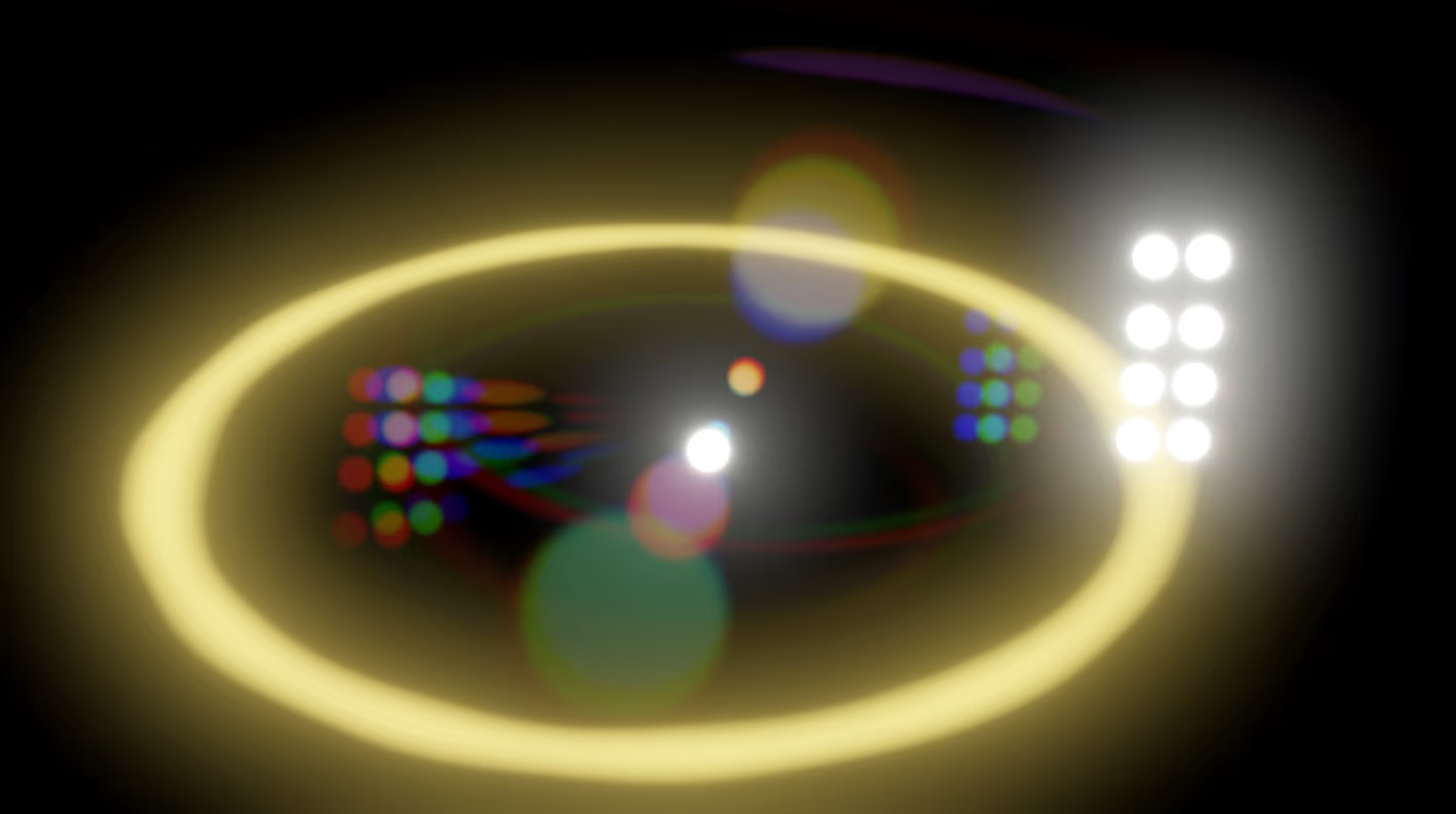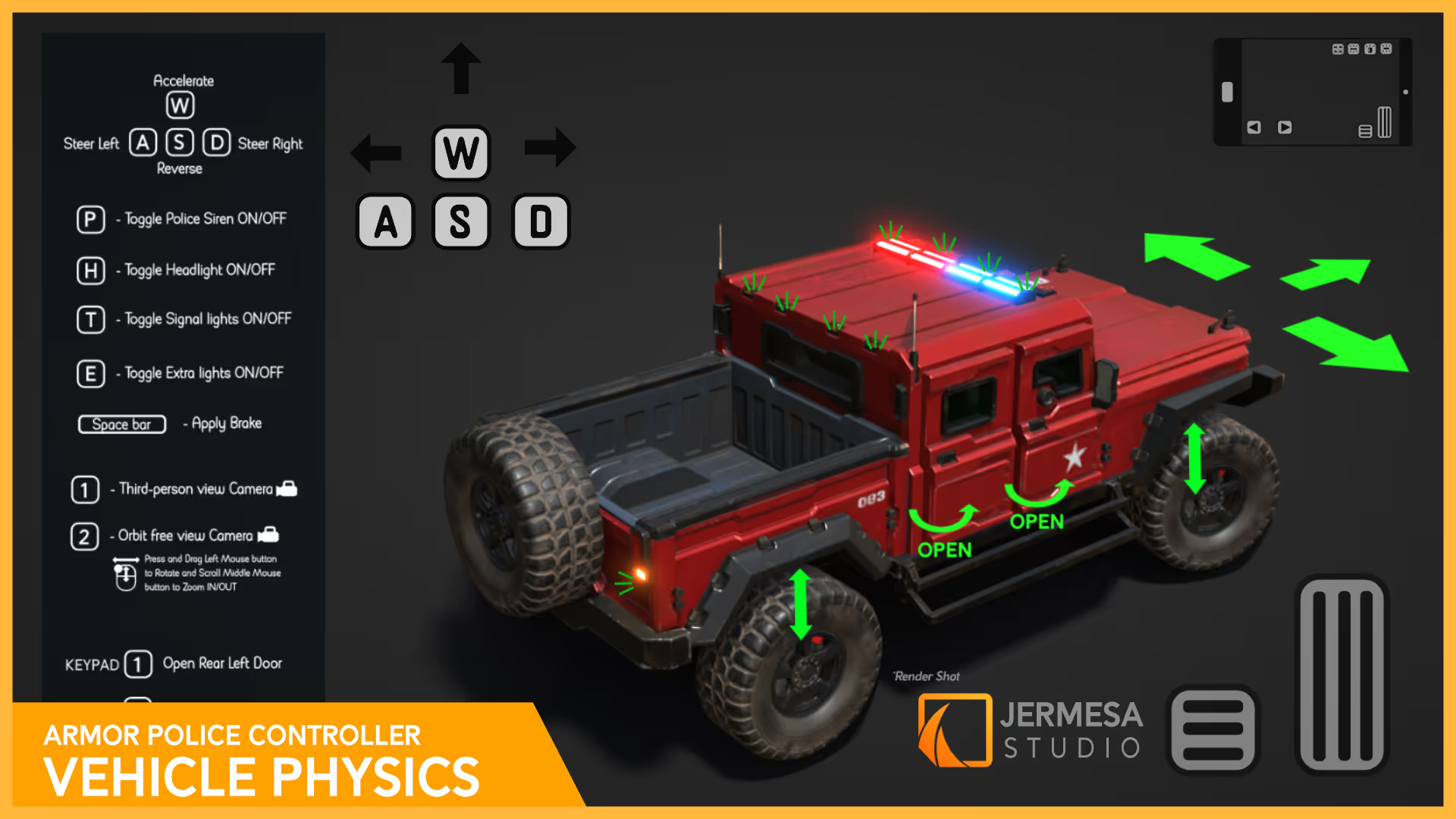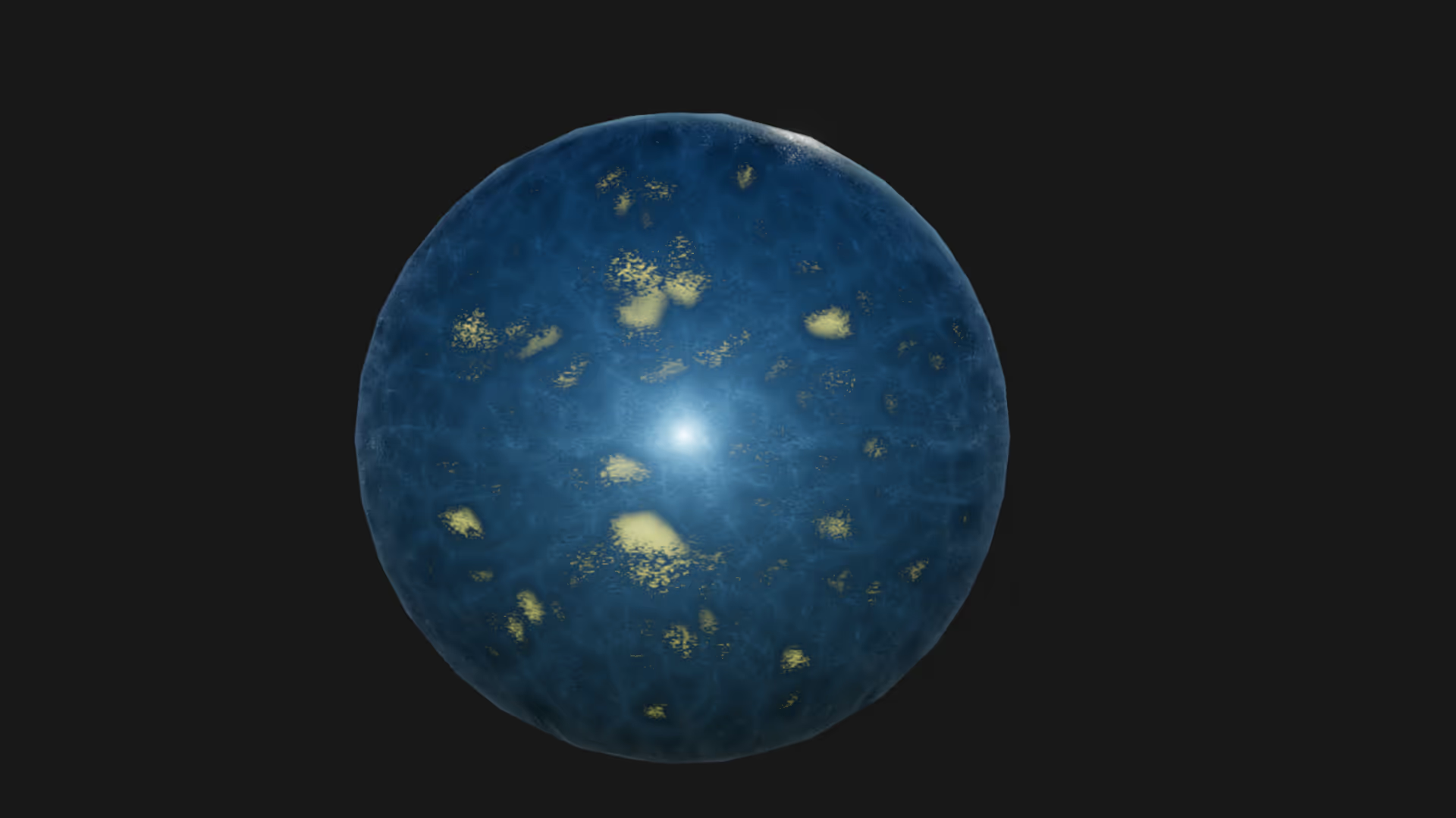FSR 3 Overview
Introduction
AMD FidelityFX Super Resolution 3 (FSR 3) is a cutting-edge technology designed to enhance gaming experiences for players. FSR 3 delivers a substantial increase in framerates in supported games.
FSR 3 builds on the success of FSR 2. FSR 2 was a popular super-resolution option used in a variety of popular games. FSR is primarily competing with Nvidia’s DLSS.
FSR 3 introduces innovative features such as Frame Generation, Frame Interpolation, and Optical Flow enhanced by AMD Fluid Motion Frames. This article explores the key aspects of FSR 3, its features, supported platforms, and the impact it has on gaming performance.
What is FSR3 (Fidelity Super Resolution 3)?
Fidelity Super Resolution 3 is a technology that is capable of improving the final rendering quality of games that you play.
Super Resolution Temporal Upscaling Technology with FSR 3
FSR 3 now offers a new Native Anti-Aliasing quality mode. This mode allegedly provides better image quality than alternative anti-aliasing techniques like TAA or FXAA. This mode applies anti-aliasing and sharpening at 100% screen resolution. In contrast, FSR 2’s highest quality mode was “Quality”, which operated at 67% screen resolution, which required upscaling.
AMD advises that you should expect a “modest performance cost” when using Native Anti-Aliasing. However, they suggest that you can leverage the new Frame Generation technology to offset that cost.
Frame Generation in FSR 3
The addition of Frame Generation distinguishes FSR 3 from FSR 2. Frame Generation enables AMD to generate additional frames to improve a game’s performance without the overhead of actually rendering those frames.
As an example, AMD presents an ideal case of a game running at 60fps. When Frame Generation is enabled, AMD suggests that the Frame Generation system could generate an additional frame for each real frame. In this case, the frame rate would be doubled from 60fps to 120fps.
Frame Generation leverages AMD’s technology together with temporal game data to generate new frames. AMD uses their Fluid Motion Frame technology and combines it with in-game data such a motion vectors. The technology consists of three main components:
- Swapchain and Frame Pacing
- Optical Flow
- Frame Generation
Game UI is rendered separately and is not included in the Swapchain, Optical Flow, or Frame Generation process. Developers have the ability to render the Game UI at the Frame Generation FPS so that you have Game UI rendering in sync with generated frames.
FSR 3 passes the post-upscaling frame data to the Optical Flow and Frame Generation systems so that they work with the high-resolution, upscaled output image.
📄 Resources:
- FSR 3 Technical Details
How to develop with FSR 3
AMD makes their development APIs available through the FidelityFX SDK. AMD’s FSR 3 API is now available in a special branch of the AMD FidelityFX SDK repository.
As a game developer, you can integrate the FidelityFX API into your rendering pipeline. AMD strongly recommends that you read their documentation. I concur.
Apart from the documentation, AMD has provided an Integration Guide. The Integration Guide describes how to implement FSR 3 in your project using the FidelityFX SDK.
Full C++ and HLSL source code are provided via a library for developers.
💡 Compatibility:
- FSR 3 is only compatible with DirectX 12.
- FSR is compatible with both AMD and Nvidia Graphics Cards
Games that support FSR3
The following games already support FSR 3:
- Avatar Frontiers of Pandora
- Forspoken
- Immortals of Aveum
AMD has listed the following games as upcoming FSR 3 titles:
- Black Myth: Wukong
- Crimson Desert
- Cyberpunk 2077
- EVE Online
- Farming Simulator 2022
- Pax Dei
- Frostpunk 2
- Warhammer 40k: Darktide
- Starfield
- Squad
Benefits of FSR 3
AMD claims that FSR 3 delivers impressive performance benefits. Unsurprisingly, they suggest that it provides the most benefit on AMD Radeon RX 6000 Series graphics cards.
According to AMD, in “Performance” mode, users can expect up to 2.5x the performance at 4K in FSR-supported games. AMD provided FPS statistics for titles like Resident Evil Village, Deathloop, and Far Cry 6. However, these statistics indicated an average of 2.13x the performance.
Note that “Performance” mode internally renders the game at half resolution, which requires one-quarter the number of pixels relative to 100% screen resolution.
In our experience, FSR 2 and DLSS have both given fair results when used in Quality mode, but relatively poor results in Performance modes. We will see if FSR 3 can provide better results.
Which Game Engines Support FSR 3?
FSR 3 is relatively easy to integrate into game engines. A plug-in that enables FSR 3 in Unreal Engine 5 is already available on AMD’s website. Unity will likely add their integration for FSR 3 in an upcoming release. We predict that Unity will add that support for the release of 2024 LTS.
Existing FSR 2 and FSR 1 Games
AMD has provided a comprehensive list of existing games that leverage FSR 1 or FSR 2.
These titles include standouts such as the following:
- Horizon Zero Dawn
- God of War
- The Callisto Protocol
- Red Dead Redemption 2
- Baldur’s Gate 3
- Call of Duty: Warzone 2
What’s next for FSR 3?
AMD FidelityFX™ Super Resolution 3 represents a significant advancement in gaming technology. This technology may offer developers and gamers an unparalleled combination of visual fidelity and high framerates. With its innovative features, broad game support, and compatibility with various graphics hardware, FSR 3 has the potential to shape the future of gaming experiences.


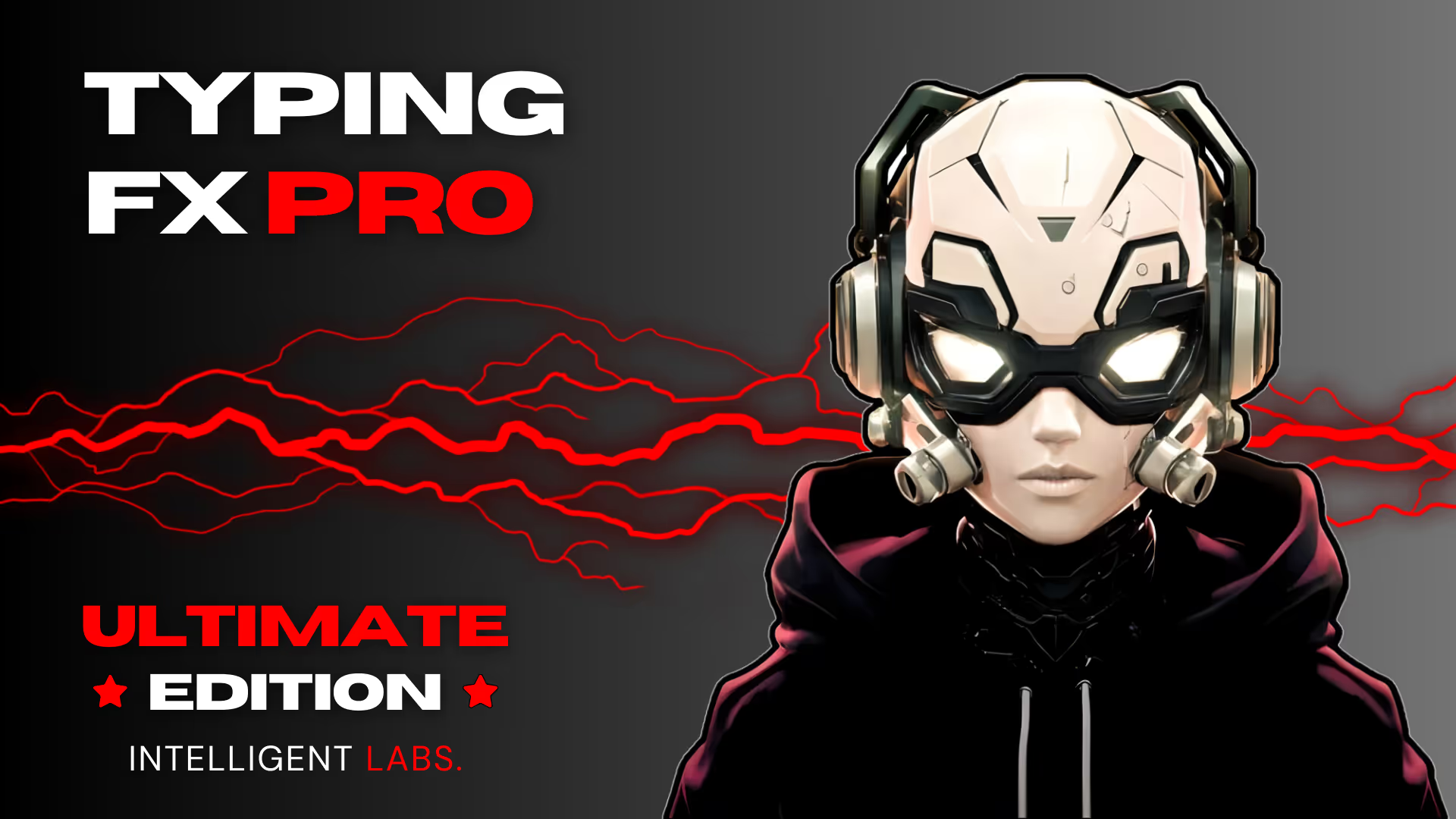



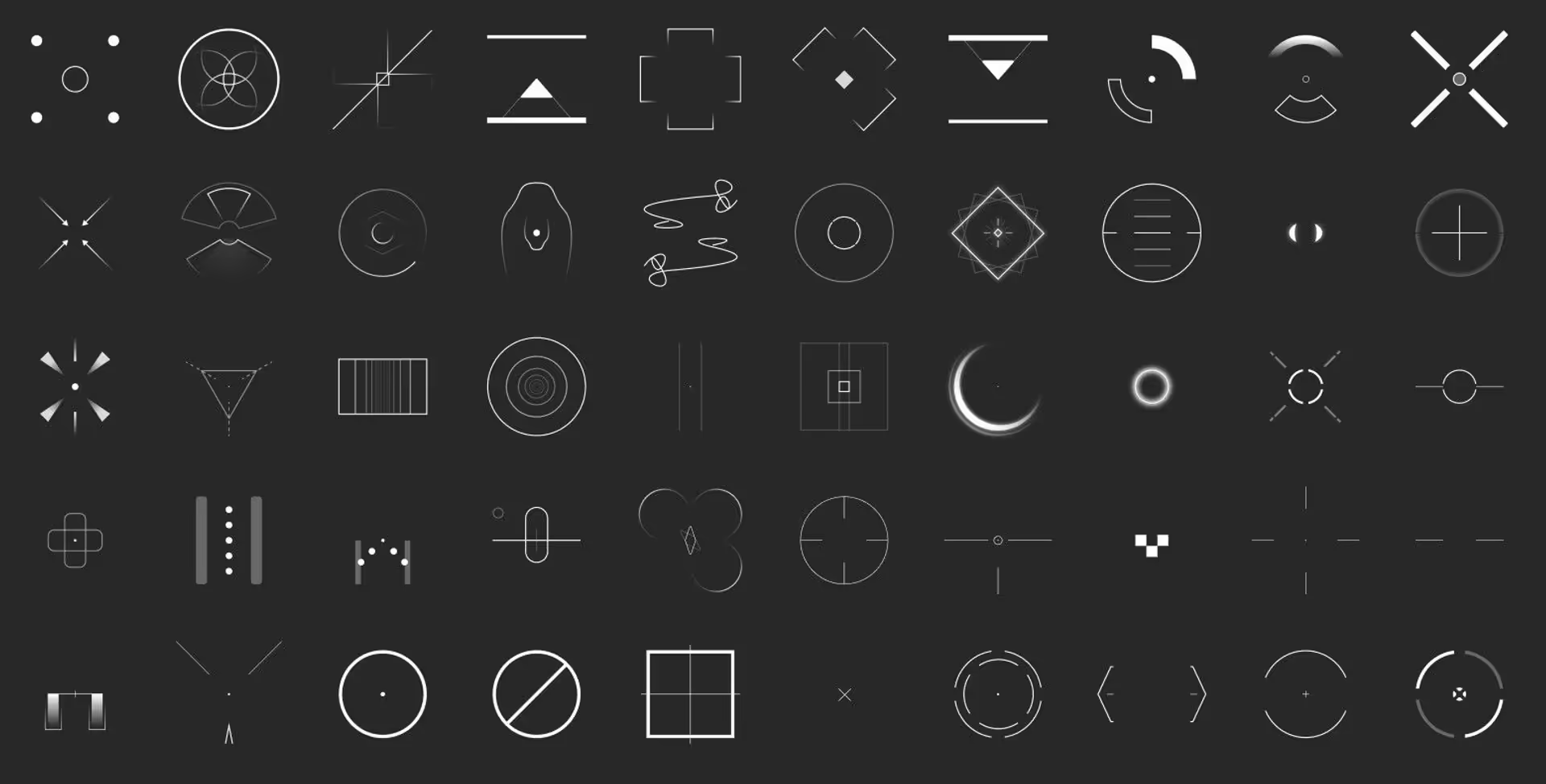



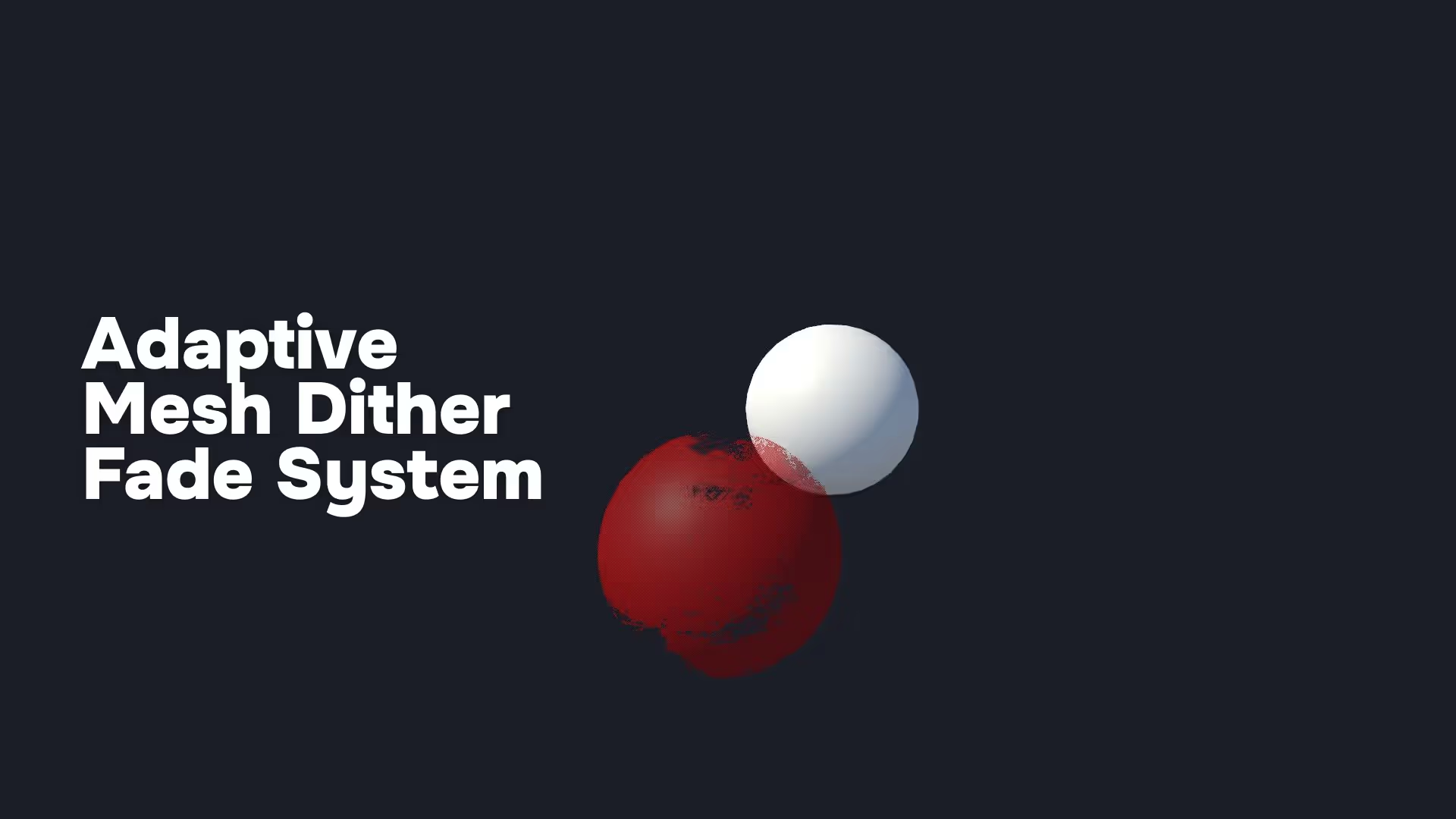


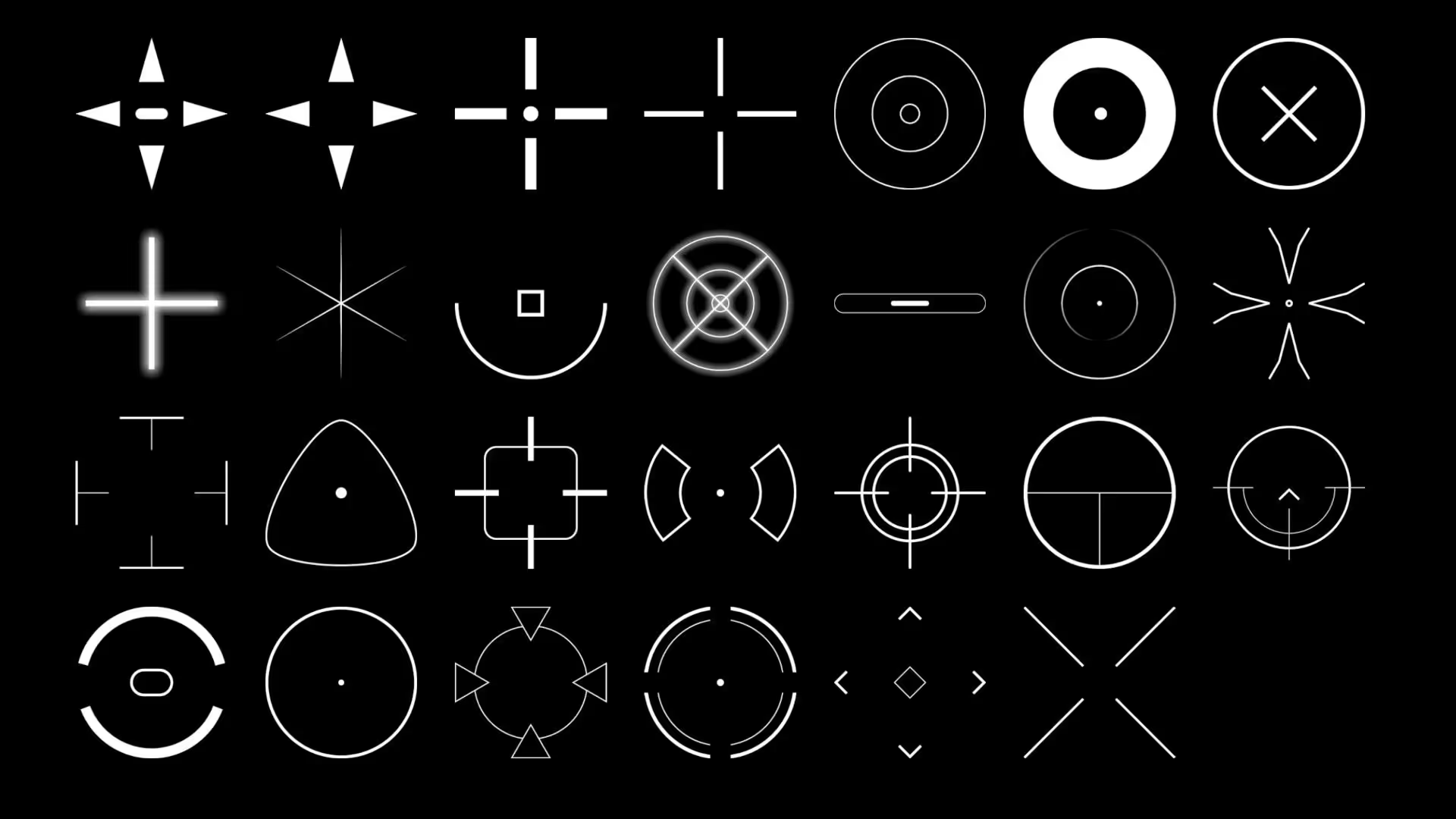
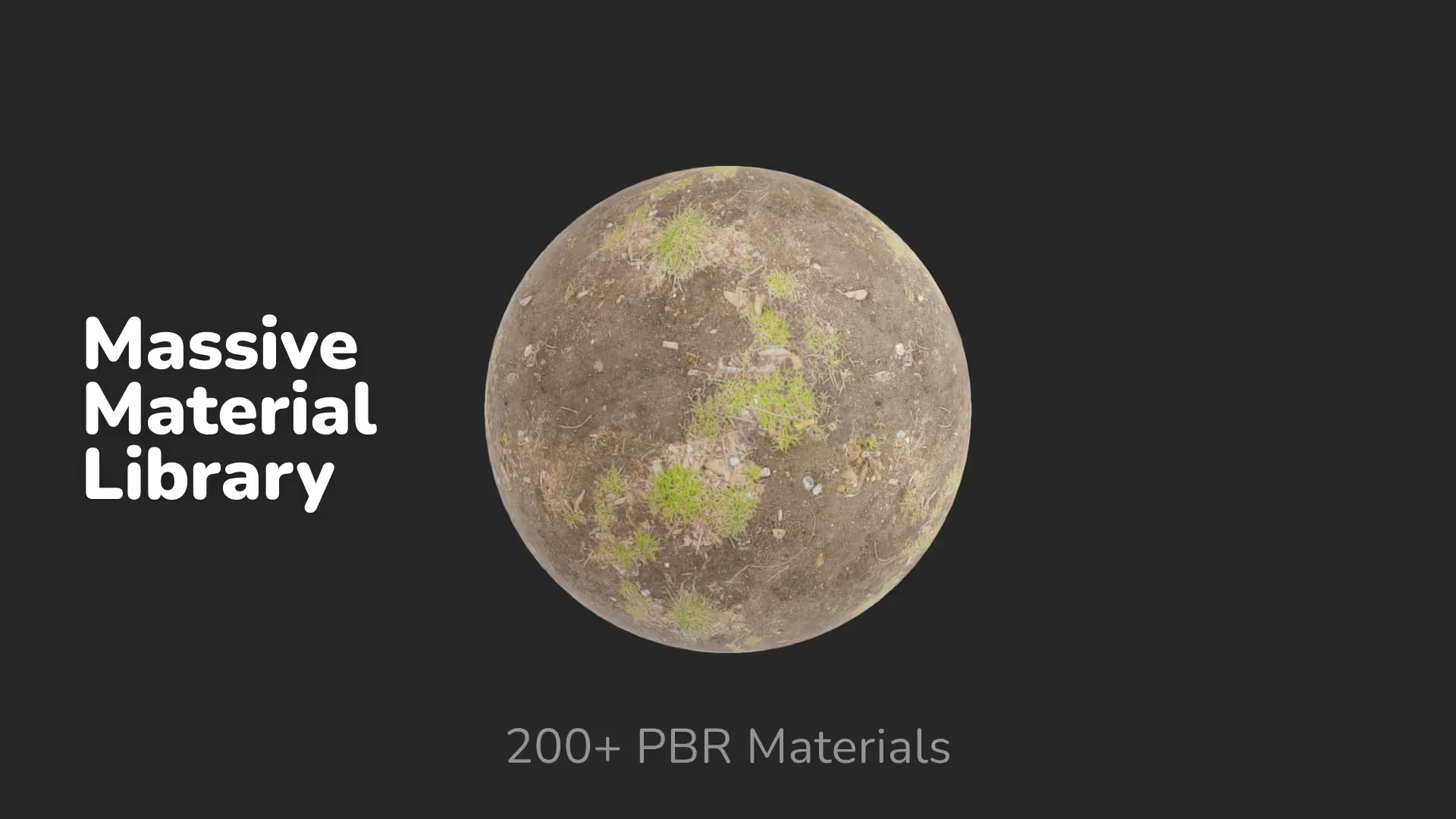


.avif)




